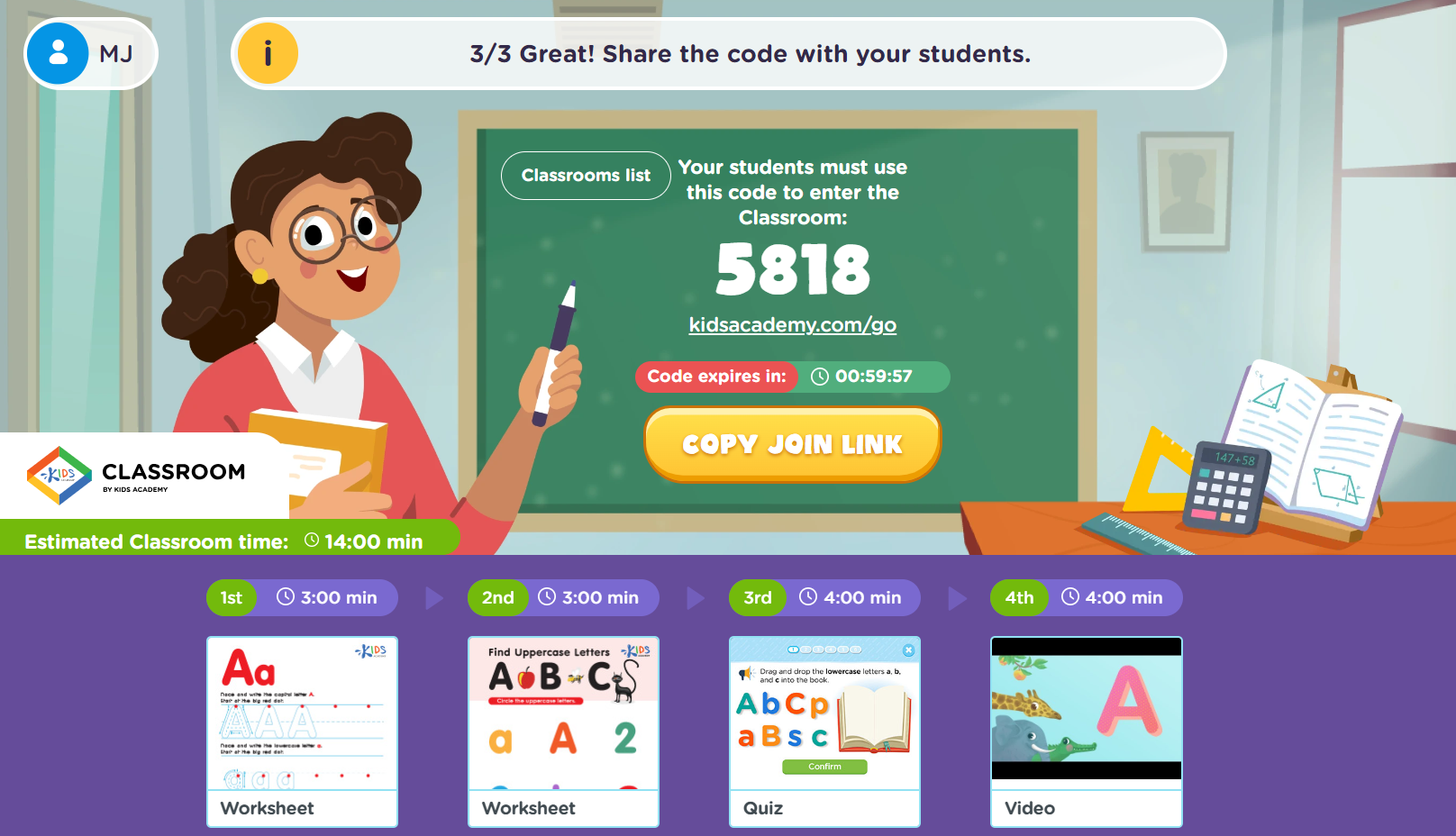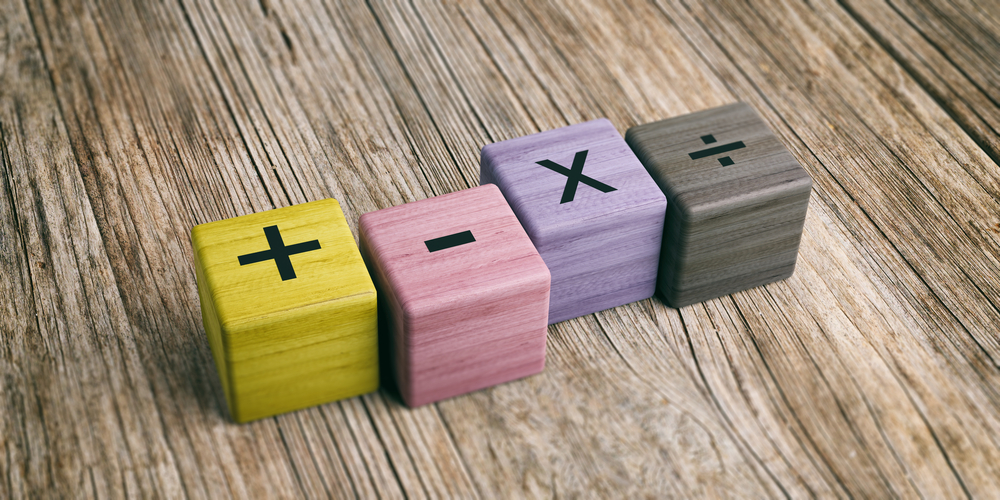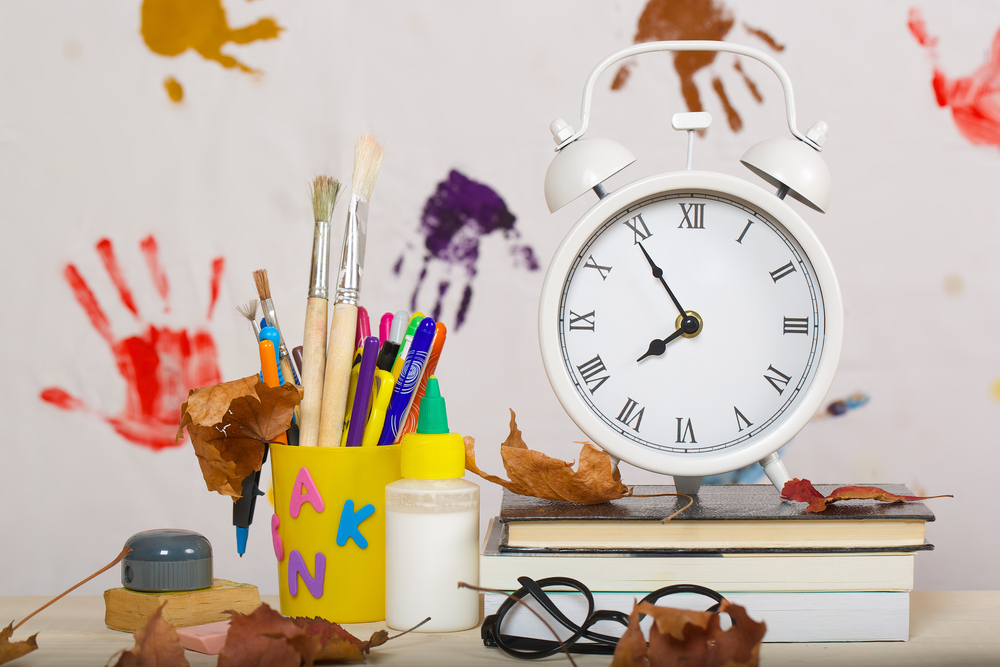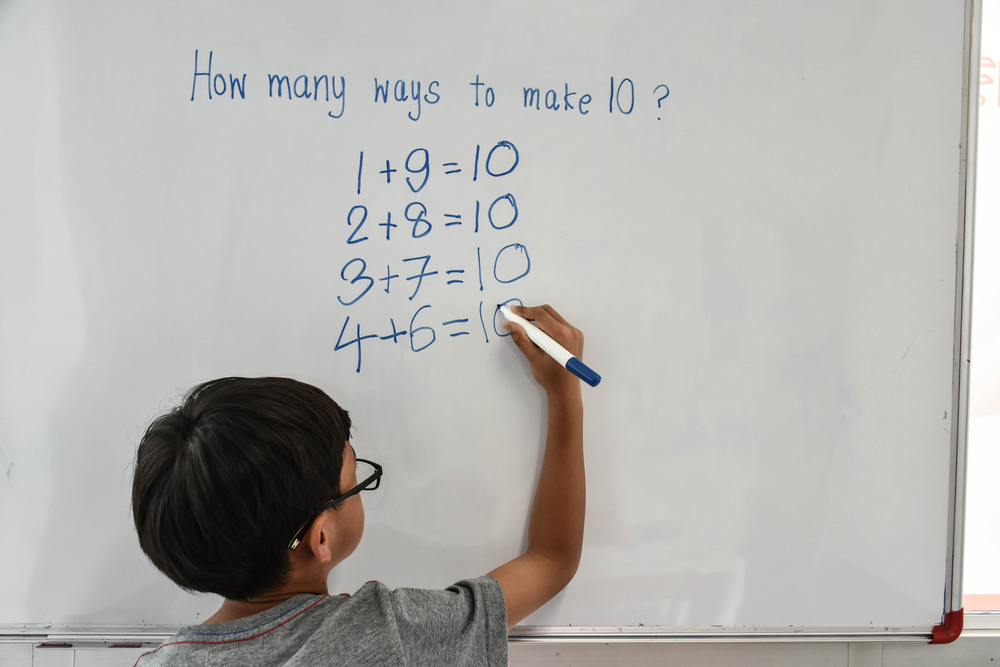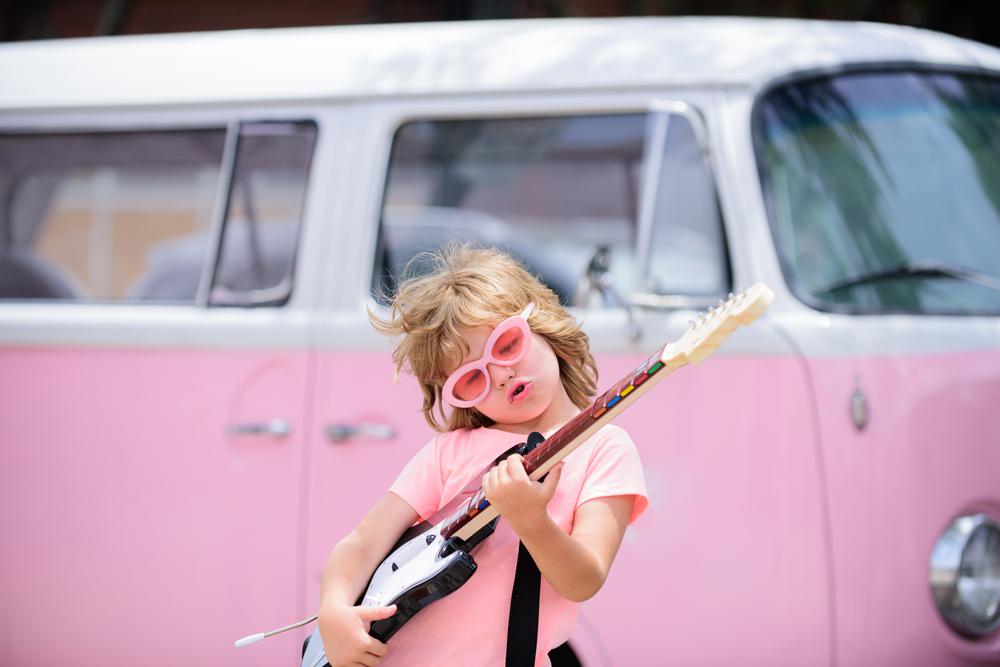Comparing objects Math Worksheets for Ages 7-8
3 filtered results
-
From - To
Explore our engaging "Comparing Objects Math Worksheets" specially designed for children ages 7-8! These worksheets aim to enhance your child’s mathematical skills by helping them understand comparison concepts through fun and interactive activities. Kids will learn to compare sizes, lengths, weights, and quantities while sharpening their critical thinking abilities. Our carefully crafted resources are aligned with educational standards, providing a perfect balance of challenge and enjoyment to keep young learners motivated. Download these printable worksheets today and support your child's learning journey as they gain confidence in their math skills through practical, real-world applications!
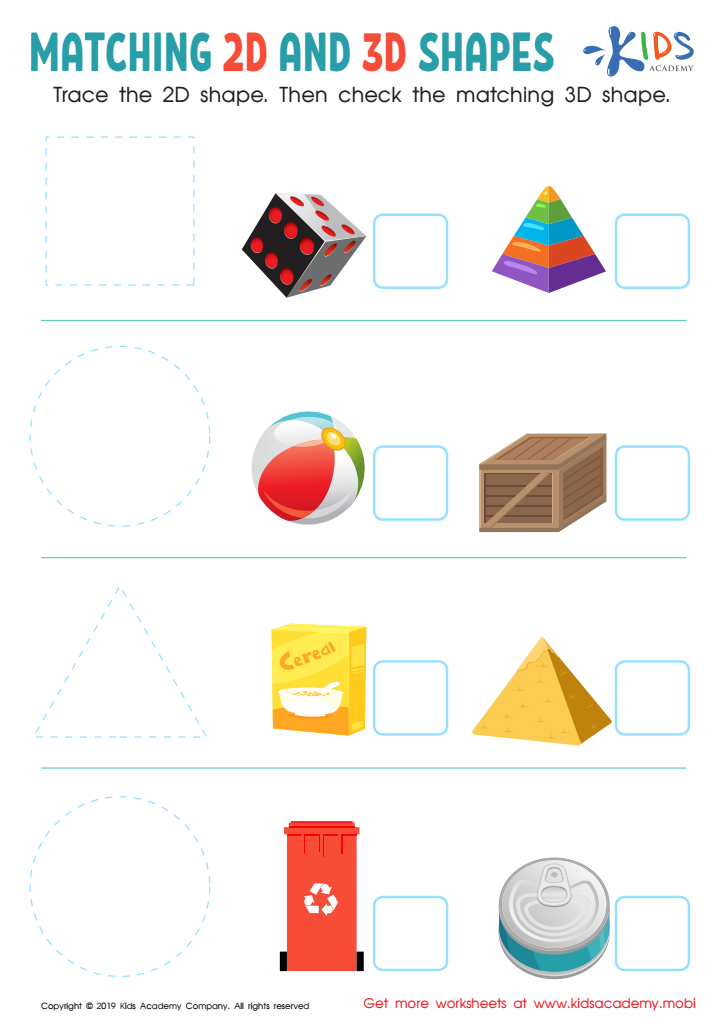

Matching 2D and 3D Shapes Worksheet
Comparing objects in mathematics is a foundational skill for children aged 7-8, making it essential for both parents and teachers to emphasize. At this developmental stage, children are learning to understand relationships between different quantities, sizes, and patterns. By comparing objects, they enhance critical thinking and analytical skills that are crucial for problem-solving.
When children engage in comparing objects, they develop spatial awareness and improve their ability to classify and sort items. This skill set is vital for progressing in more complex mathematical concepts, such as measuring and counting. Through activities involving comparison, children learn to articulate their observations, which bolsters language development alongside mathematical understanding.
Moreover, incorporating comparison in everyday situations fosters a practical application of math that enhances a child's engagement and motivation. This makes learning more meaningful and relatable, as children relate mathematical concepts to real-world scenarios. By focusing on comparing objects, parents and teachers can create rich learning environments that promote curiosity, observation, and dialogue. Ultimately, nurturing these comparative skills yields confident, mathematically literate children prepared for more advanced challenges later on.
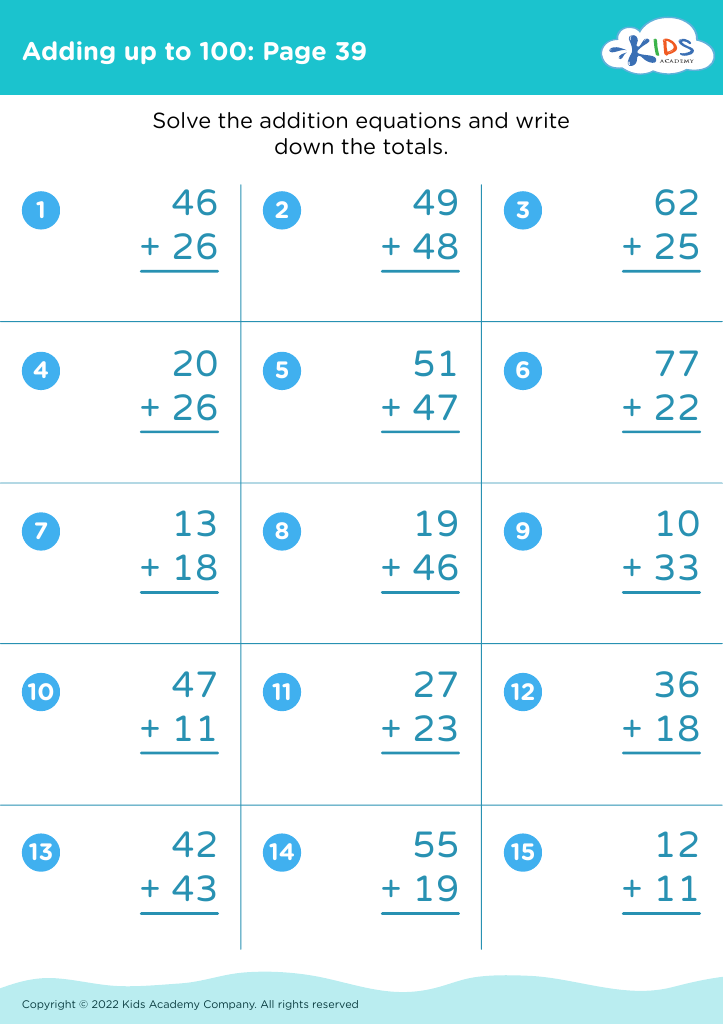

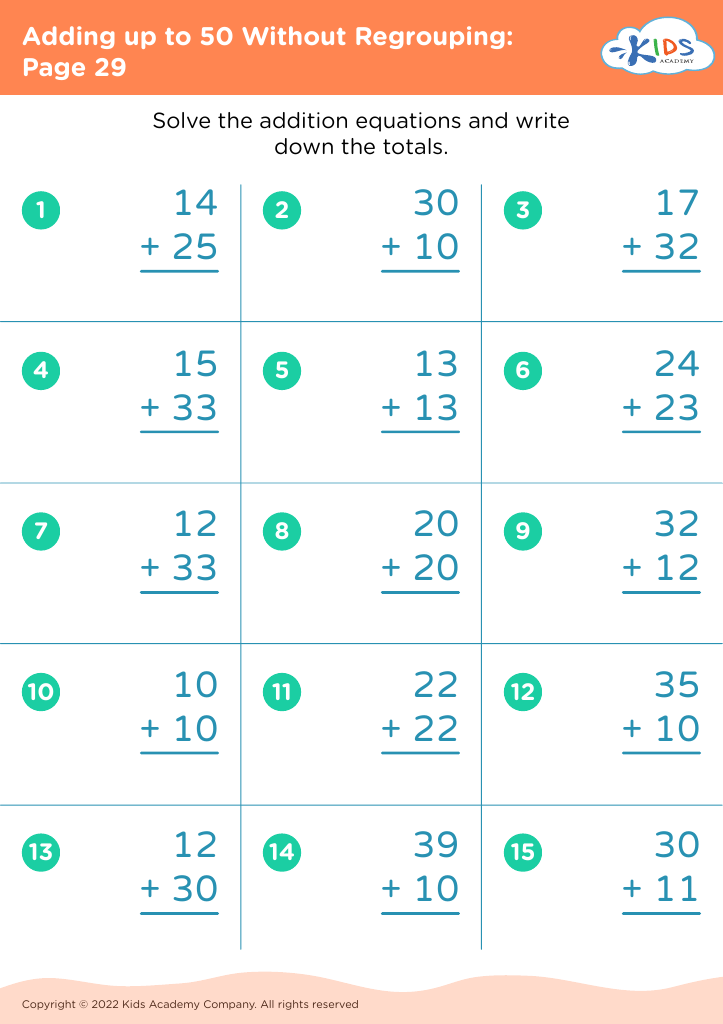
 Assign to My Students
Assign to My Students



